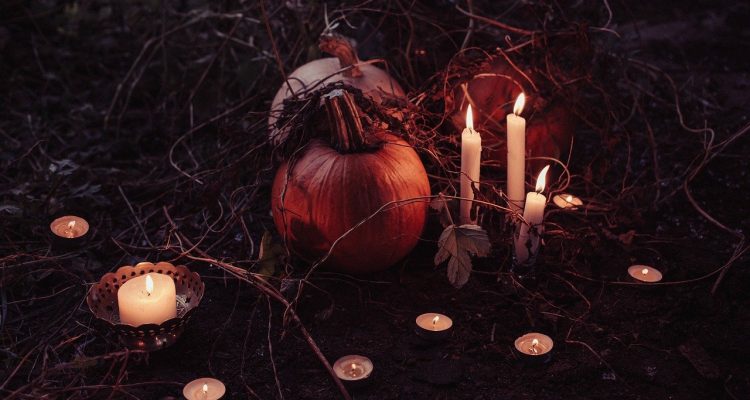Halloween has become one of the most popular and commercialized holidays in the Western world. From choosing costumes to carving pumpkins to going trick-or-treating, there are endless ways to celebrate the spooky day. Despite its popularity, the roots of October’s most haunted holiday often remain dismissed. Where did Halloween originate from, and how has it evolved into the candy-filled day that we all know and love? Let us unwrap this mystery together, dear reader!
Halloween, celebrated on Oct. 31 every year, originated from the Celtic festival of Samhain, which served as a sort of new year celebration according to the Celtic calendar. Samhain itself, falling on Oct. 31, was the day in which the Celts believed the boundary between the worlds of the living and the dead became blurred, as Nov. 1 served as the transition from the harvest period to the cold, darkness of winter. This festival, involving bonfires and costumes to ward off evil spirits, became combined with practices from All Saints Day, falling on Nov. 1. Thus, All Hallows Eve was born, eventually evolving into the celebration of Halloween that is practiced today.
Some of the famed aspects of the festival have been loosely translated into the activities found in modern times around late October. The Celts used bonfires to ward off evil spirits that might attempt to destroy crops, sacrificing animals to Celtic deities in order to appease them and prevent the destruction of their livelihoods. When the sacrifice was over, the bonfire was re-lit in an attempt to use the sacred space to elicit protection for the coming season.
One of modern-day Halloween’s most famous traditions, bobbing for apples, is another practice that originated at the very start of the holiday. When the Roman empire eventually conquered most of the Celtic territory, they forced their own religious practices onto the Celts, combining two of their holidays with Samhain. These holidays were closely associated with fruit, specifically the apple, and thus the tradition of bobbing for apples was born. Talk about a bushel of fun!
As Halloween traveled across the Atlantic and found its way to America, it adapted in accordance with the various groups living there at the time. Certain areas of the country were not quick to adopt the holiday into their society because of religious practices, but Halloween soon became popular in southern colonies. The children within colonial society were the primary reason that the more mischievous side of Halloween emerged, as the children would often tell spooky stories by the fireside. Immigrants soon began to flood into America, with Irish immigrants, in particular, continuing to popularize the holiday. People developed the practice that is known today as trick-or-treating, with young women believing that on Halloween they could divine the name or appearance of their future husband by doing tricks with yarn, apple parings or mirrors. As time went on, Halloween itself became increasingly more complex, straying away from its religious origins and into a day more closely related to practices of witchcraft.
Despite these strange origins, Halloween has become a staple holiday within American society, continuing to influence aspects of the media such as television and pop culture alike. Over time, it has become even more of a community event, with people gathering together at parties to celebrate a day of haunting and fright. Though the initial origin of Halloween may not be widely discussed, the spookiness of the season has found a way to bleed into all aspects of life during the month of October.
With this new knowledge in mind, have a frightening Oct. 31, and take some time to consider why Halloween is celebrated in the way it is today!


Leave a Reply